Why Do Basketball Players Wear Arm Sleeves? Here’s the Answer
You’ve seen them—those snug arm sleeves on NBA stars and pickup players alike. They’re not just for style, and they’re definitely not just a phase. Arm sleeves serve real purposes, including subtle performance boosts and injury support. Here’s what they actually do on the court—and why players keep coming back to them.
Allen Iverson’s Influence

Credit: Instagram
Allen Iverson wore an arm sleeve during a 2001 game to manage elbow bursitis. But it caught on fast. His influence turned medical gear into something cool. After that, players across the league started sporting them, and now they’re a common part of the basketball look.
A Trendy Accessory
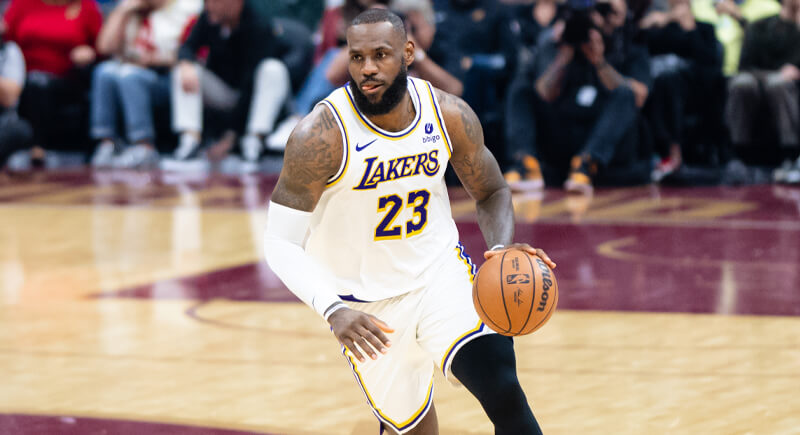
Credit: Wikimedia Commons
Let’s be honest—some players wear them because they look good. Sleeves add a polished touch to a game-day outfit. It can match the jersey or stand out in a team color. In any case, it’s become part of the style. Confidence matters, and looking sharp can set the tone before tip-off.
Injury Prevention and Support
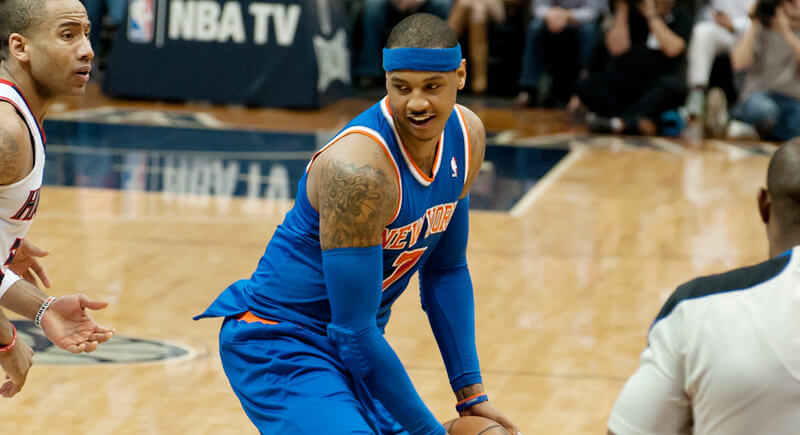
Credit: flickr
A sleeve isn’t a cure, but it can reduce risk. The snug fit helps stabilize the elbow and surrounding muscles, especially for players coming off a strain or recovering from soreness. It serves as a reminder not to overextend and adds a bit of reassurance when things get physical in the paint.
Improved Circulation and Muscle Warmth

Credit: Wikimedia Commons
Compression keeps blood flowing and muscles warm, which subsequently helps reduce stiffness and makes the arm feel more responsive, especially after breaks. Players rotating off the bench use sleeves to avoid cooling down too fast. It’s a simple way to stay ready—especially when the game’s pace doesn’t wait for you.
Complementing Knee Sleeves
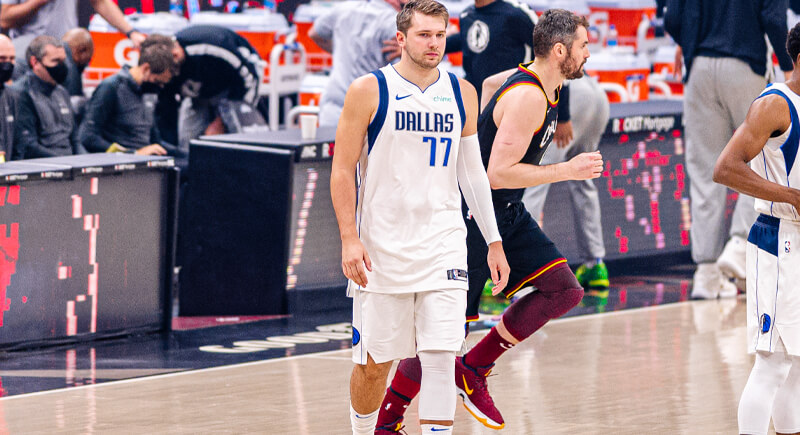
Credit: Wikimedia Commons
Many players who wear knee sleeves also opt for arm sleeves to maintain balance. When the lower body is supported, the upper body should be, too. Consistent compression across joints can improve coordination, especially in fast transitions or shot mechanics.
Pads for Protection
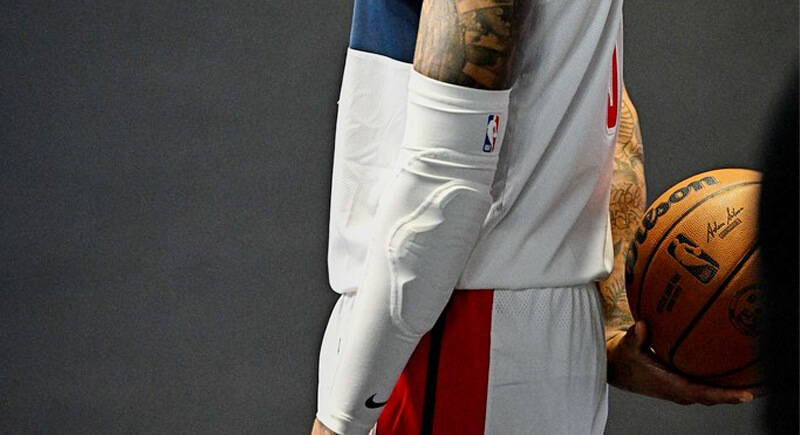
Credit: flickr
Some sleeves come with built-in padding over the elbow. This softens the blow during falls or when catching contact mid-play. It’s not bulky like full gear, but it’s enough to absorb light impact. For guards who drive into traffic or wings who dive for loose balls, this added layer matters.
Arm Sleeves Take the Burn

Credit: Wikimedia Commons
Frequent dives, hard screens, and contact can scrape skin raw. The sleeve protects against minor abrasions and helps players stay focused. It’s especially helpful on indoor courts where burns from sliding are common. No one wants to play the next quarter with a raw elbow—this keeps that from happening.
Arm Sleeves Block UV Rays
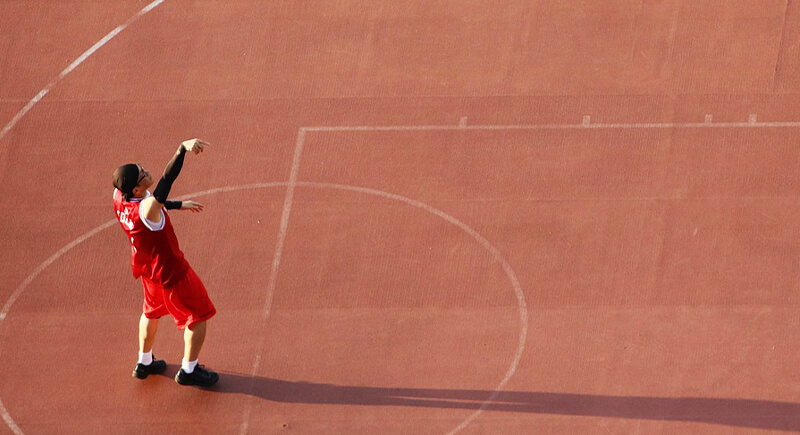
Credit: pixabay
Outdoor players know the sting of sunburn after a long game. Sleeves offer a simple fix. Most are made from UV-resistant material, which protects skin during long hours on outdoor courts. Remember, it’s about avoiding distractions and staying locked in for all four quarters.
Tattoo Coverage
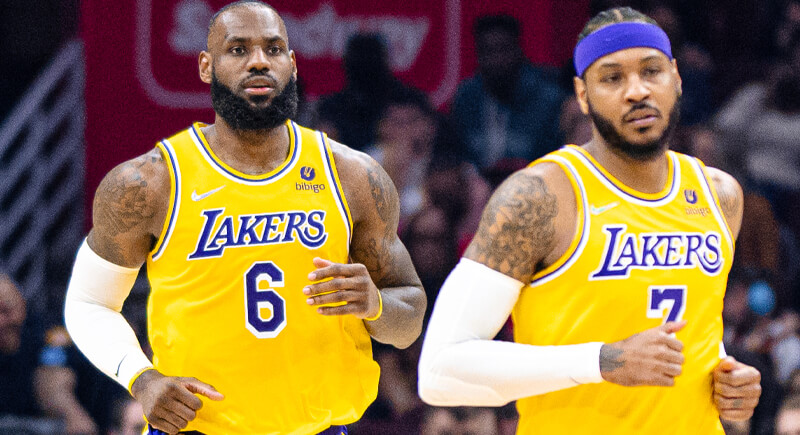
Credit: Wikimedia Commons
Some athletes prefer to keep tattoos private or avoid attention during games. Sleeves cover ink without the need for tape or wraps. Concealing body art keeps the focus on performance, not what’s on the player’s skin.
Adds Subtle Stability for Tired Arms

Credit: Facebook
Late in the game, fatigue creeps in. The sleeve doesn’t act like a brace, but it adds just enough tension to keep the arm feeling secure. For shooters logging heavy minutes, that can mean steadier form and fewer awkward releases. Sometimes, that tiny edge is all you need.